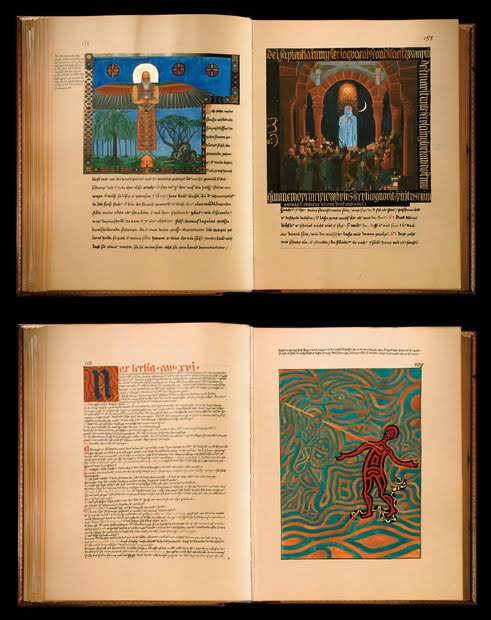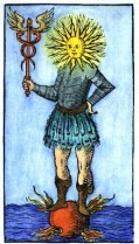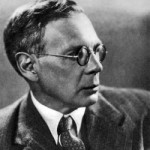I finally capitulated several years after everyone else and got myself an andoid – a telephone that is “smart,” like an I-Phone but not Apple. I’ve hesitated to do so, largely on account of my discomfort with further attaching my own consciousness and daily experience to digital devices. It’s a known fact that Google wants to be the third half of your brain. Are you okay with that? How does that alter your sense of self? Particularly your sense of your own human limitations?
Those questions aside, I wanted to report a truly psychological experience brought on by tethering myself to a device. When I told my android how I wanted to keep it secure from intruders, I first chose the option “Recognize My Face.” In case you’ve not encountered facial recognition software, let me explain. The android takes photos of your face and puts the data it collects from the images into an algorithmic structure. When it captures the image, a dotted line slowly encircles the perimeter of your face, and when it finishes, that version of your face is saved. You can do this as many times as you wish, in as many different lighting situations and with as many expressions and types of eyeglasses as you choose. The more versions of you that enter the algorithm, the more likely that the android will recognize your identity at any given time.
So, when I turn my phone on, it asks me to show my face to the camera. Then it tries to match what it sees to what it has seen before. If it does, quickly the android grants access. Many times, however, because of anything from bad lighting to bed-head, it says, “Sorry Face Not Recognized.” As I read this on the screen, the photo of my face in that moment mirrors an often sorry-looking me, in one stage of dishevelment or another, or with sunglasses on and bright light behind, or whatever. I am not recognized. I have dutifully taken what feels like hundreds of self-portraits for the software, but the failure rate for access has continued to annoy.
Gradually I have become ridiculous, and screw my face up into awful contortions when the android tries to recognize me, just so it won’t. It’s as though I want to flaunt my individuality—the impossibility of summing me up in an algorithm. After all, IT doesn’t have a face. IT is a digital reality, a reality that can be reduced to zeros and ones, faceless. I, on the other hand, am not. I want to say to this device, “Guess what, you can’t know me, and you can never know me, however smart you are.”
The obvious reference here is Martin Buber, the philosopher who distinguished between “I – Thou” and “I – It” relations. A device is an It. A person is a Thou and cannot be summed up or reduced down to its elements. A Thou is a mystery who can never be fathomed.
I could argue that an It also can never be fathomed given the mysterious nature of reality, but I will save that for another posting.



